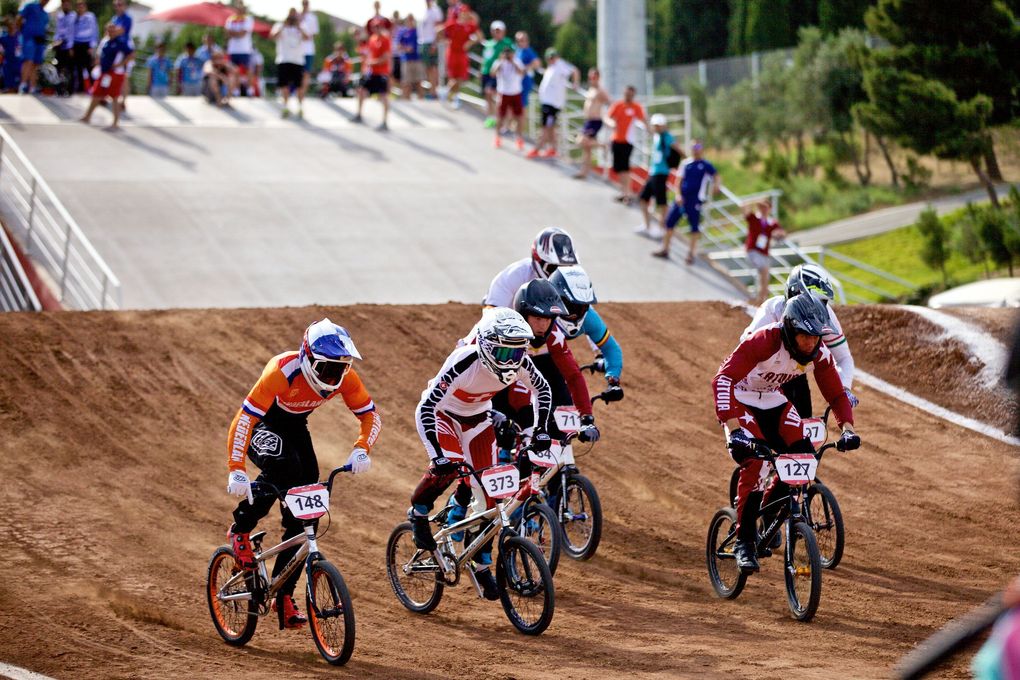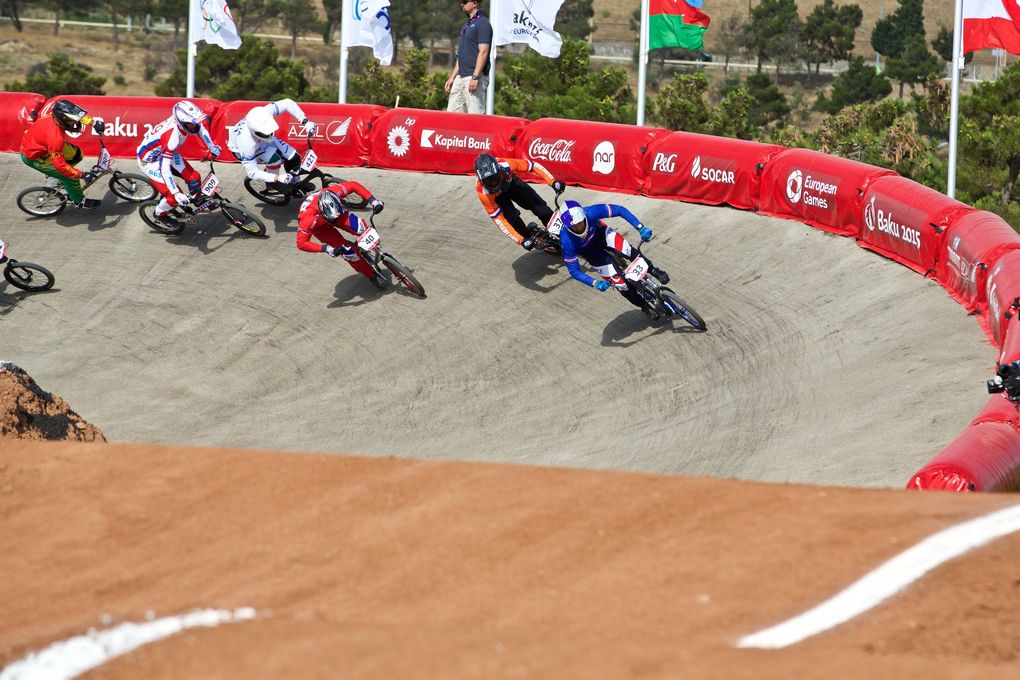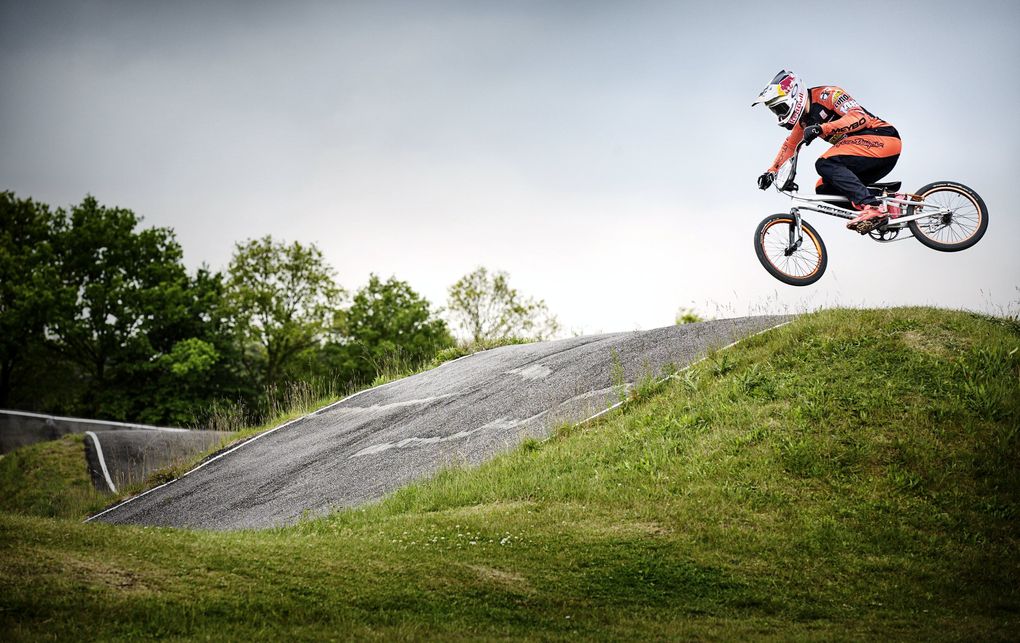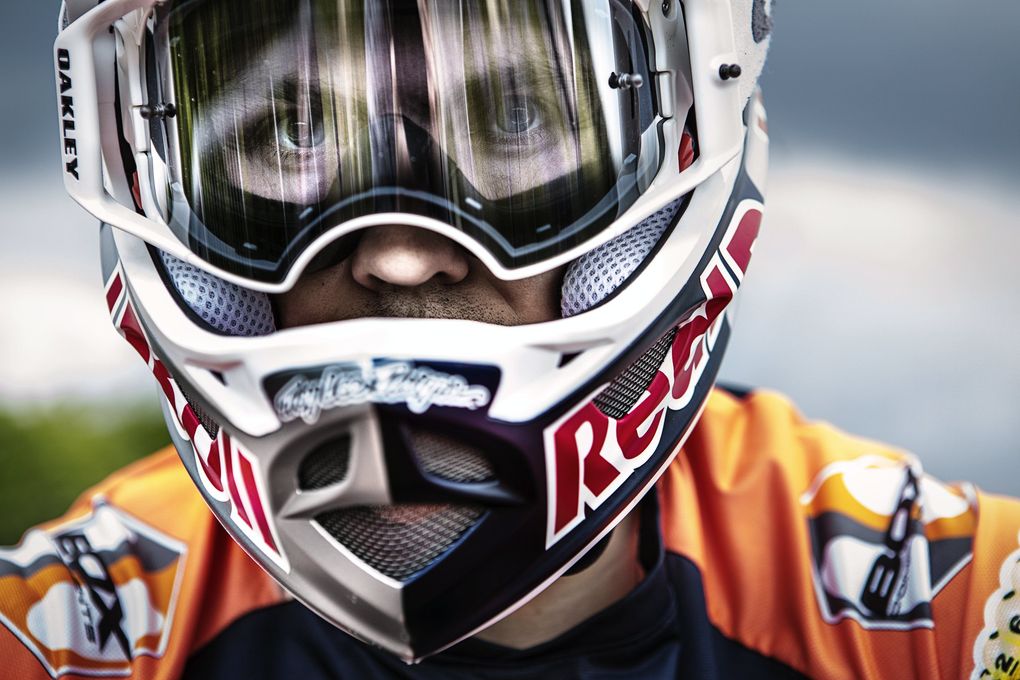Basic Age Categories and Participation Rules in BMX Racing

The category in which a rider competes is decided by their age.
The British Cycling rulebook notes that BMX racing events can be distinguished in two competing levels:
- Championship level: including elite men, junior or championship men, and championship women
- Challenge level: all other categories
Once a rider has competed in an expert category at a regional or national event, they may no longer compete as a novice.
Rules and Regulations About BMX Racing Bikes

BMX racing bikes are simple and easy to maintain.
A typical full size racing BMX will have 20 inch wheels, a single gear and a rear brake only. A front brake is allowed but not necessary, while the rear break is required for anyone wanting to race.
The small wheel size offers maximum acceleration and manoeuvrability, while the minimalistic nature of the gearing and breaks mean there’s no unnecessary weight on the bike. These are known as standard BMX bikes.
Larger, 24 inch wheels are also popular with bigger or older riders, and provide more stability than the 20 inch wheels. Of course, they do weigh more, and so are not quite as fast. These are known as cruiser BMX bikes and can be ridden only in the cruiser category.
BMX racing bikes may have padded handlebars, stems and top tubes to protect the rider in the event of a high speed crash, but certain accessories are not permitted, mostly for the safety of the rider themselves and those around them. These include:









